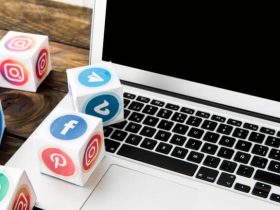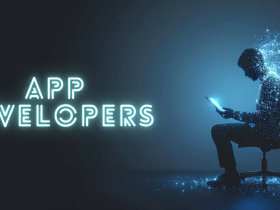In our rapidly growing digital world, the Internet of Things (IoT) is expanding exponentially and is expected to reach 1.8 billion connected devices by 2022. While accurate predictions of the size and evolution of the IoT landscape tend to focus on the number of connected devices, devices and other things, the breathtaking growth of the volume of IP-enabled IoT devices and the data that underpins them will generate stunning numbers for many years to come. The Internet of Things and big data are useful for the use of IoT to understand the importance and intelligence of big data analytics and cognitive AI.
The software, which is responsible for communicating with the cloud, collecting data, and integrating devices, can perform real-time data analysis on the IoT network.
What makes these solutions valuable is not only that they have data collection and IoT device management, but also that they are able to analyze some of the data provided by the communication level of the devices and gain useful insights. For example, what we often need in smart networking technologies is a connected device with the ability to act – real intelligence and action that lies between analyzing data and intelligently using that data to solve challenges, create competitive advantages, automate processes and improve the possible measures that our IoT solutions want to take. An IoT platform is a place where data can be collected, managed, processed, analyzed, and presented in a user-friendly manner.
What makes these solutions valuable is not only that they have data collection and IoT device management, but also that they are able to analyze some of the data provided by the communication level of the devices and gain useful insights. For example, what we often need in smart networking technologies is a connected device with the ability to act – real intelligence and action that lies between analyzing data and intelligently using that data to solve challenges, create competitive advantages, automate processes and improve the possible measures that our IoT solutions want to take. An IoT platform is a place where data can be collected, managed, processed, analyzed, and presented in a user-friendly manner.
Connectivity is key to the IoT and allows your devices to exchange information with centralized IoT applications. As a player in this market, you need to manage the connectivity of your IoT devices deployed in different regions. Instead of deploying IoT services across multiple mobile networks, centralized connectivity solutions with a single interface and local expertise will be deployed in the countries covered by the GMA Bridge Alliance and MNO partners.
There are more than 30 IoT connectivity options on the market today, and with them constantly evolving and developing new ones, finding them is difficult. New technologies such as LPWAN and 5G attract more attention than others, such as Bluetooth and Wi-Fi, which are continually evolving and re-evolving the IoT connectivity landscape. Let us explore some of the non-negligible opportunities and choose the best IoT connectivity option for your business.
In order to exploit the potential of the IoT, an entire industry is working on developing device connectivity solutions that enable communication between devices in an ecosystem. The classic connectivity protocols have been modified to adapt to the new reality created by the avalanche of connected devices. The capacity of these protocols is limited by expectations, but in recent days the first IoT networks have appeared in smart lighting solutions.
Digi solutions connect hospitals, medical practices, and other healthcare facilities to remotely accessed patients at home for complete safety, HIPAA compliance, fast care, and better patient outcomes. Telemedicine solutions combine hardware and software connectivity to bring patients and doctors together in new ways to improve public health. We need the ability to connect, meet and work together.
Let us consider some of the use cases. With IoT, manual processes can be automated. First responders need cities with reliable communications to support traffic management solutions that divert vehicles onto roads. Businesses, healthcare professionals, and governments need critical insights delivered by connected devices and high-speed networks.







